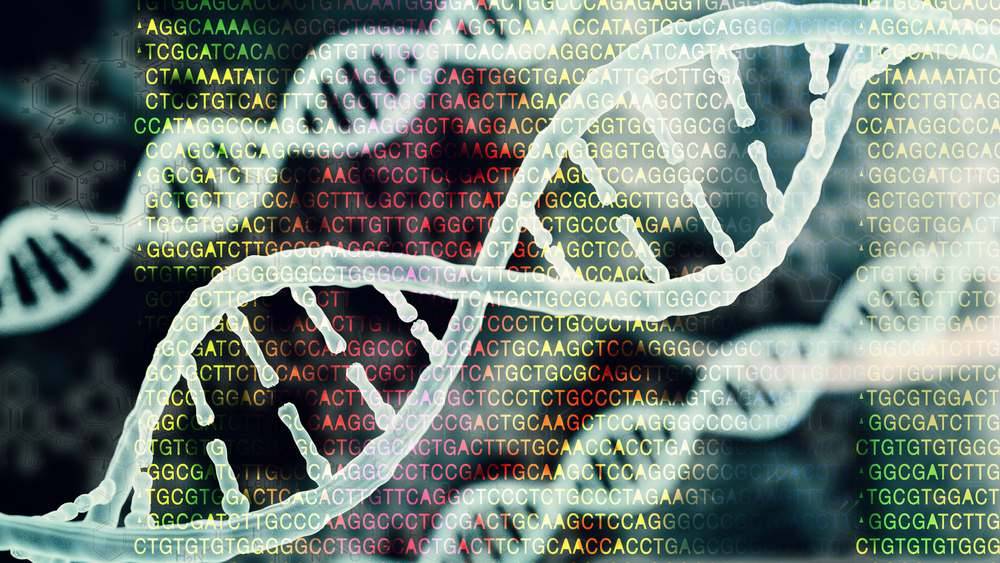How Are Different Types of Sanfilippo Syndrome Inherited?

CI Photos/Shutterstock
Sanfilippo syndrome refers to a group of disorders caused by mutations in genes that provide instructions for making proteins that play a role in the pathways for breaking down large sugar molecules called GAGs (glycosaminoglycans). These mutations cause GAGs to build up in cells and tissues, interfering with function.
What are the different types of Sanfilippo syndrome?
There are four types of Sanfilippo syndrome: A, B, C, and D. Mutations in genes encoding for different enzymes in the process of breaking down GAGs cause all types of Sanfilippo syndrome.
A mutation in the SGSH gene cause Sanfilippo syndrome type A. One in the NAGLU gene cause Sanfilippo syndrome type B. Mutation in the HGSNAT gene causes Sanfilippo syndrome type C, and mutations in the GNS gene cause Sanfilippo type D.
Type A and type B are more common than types C and D.
How is Sanfilippo syndrome inherited?
We have two copies of almost every gene, one copy that we inherit from each parent. A person has to inherit two copies of a mutation to develop the disease. This is called recessive inheritance. If a person has one copy of a disease-causing mutation, the healthy copy of the gene can compensate. These people are carriers of the disease. They usually have no symptoms.
Children with Sanfilippo syndrome have one copy of a disease-causing mutation, one from each parent. This means that both their parents were carriers of the disease. The children of two carriers have a one-in-four chance of inheriting two copies of a disease-causing mutation and developing the disease. They also have a one-in-two chance of inheriting only one copy of the disease-causing mutation and also being carriers like their parents. Finally, they have a one-in-four chance of inheriting no copies of a disease-causing mutation and neither having the disease nor being a carrier.
How can we find out if we are carriers of Sanfilippo syndrome?
If you have a family member who has Sanfilippo syndrome, you should talk to your doctor and a genetic counselor to determine whether you are at risk for having inherited a copy of a disease-causing mutation. In such a case, you may want to have a genetic test done to determine whether you are carriers. If you are both carriers, you should discuss your reproductive options with a genetic counselor.
Last updated: June 23, 2020
***
Sanfilippo Syndrome News is strictly a news and information website about the disease. It does not provide medical advice, diagnosis or treatment. This content is not intended to be a substitute for professional medical advice, diagnosis, or treatment. Always seek the advice of your physician or other qualified health provider with any questions you may have regarding a medical condition. Never disregard professional medical advice or delay in seeking it because of something you have read on this website.






